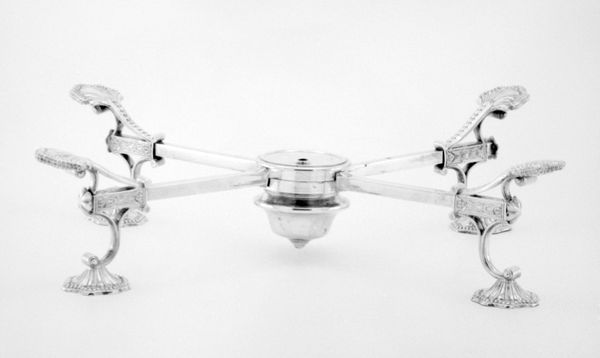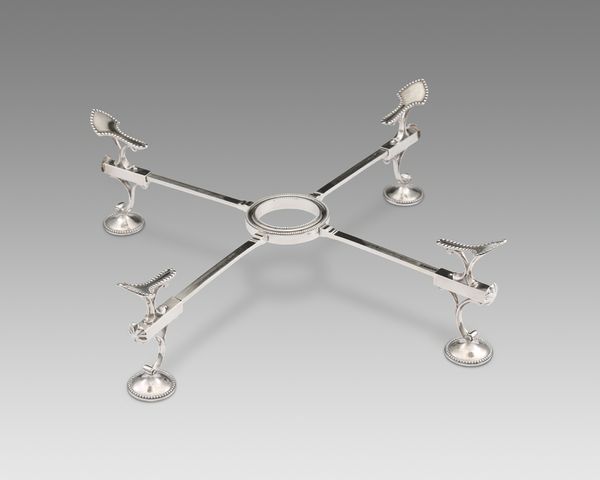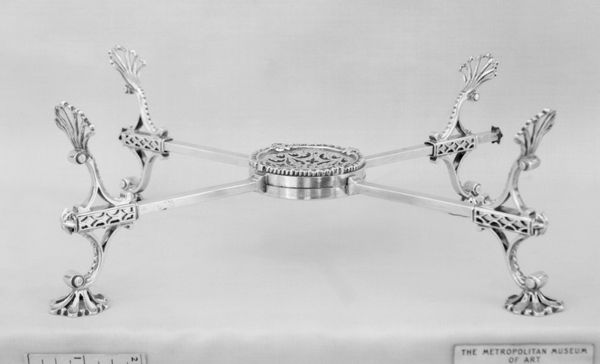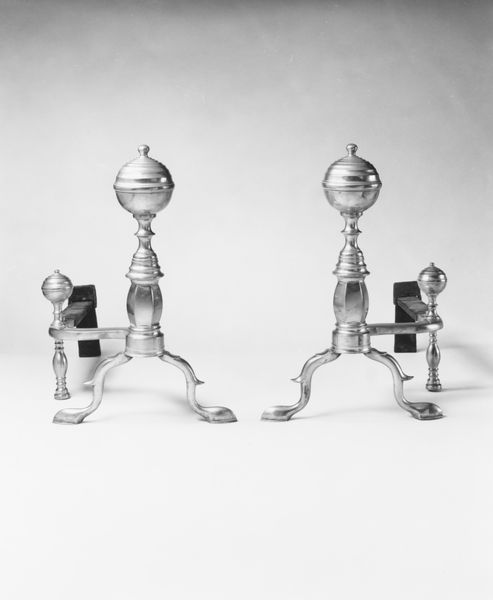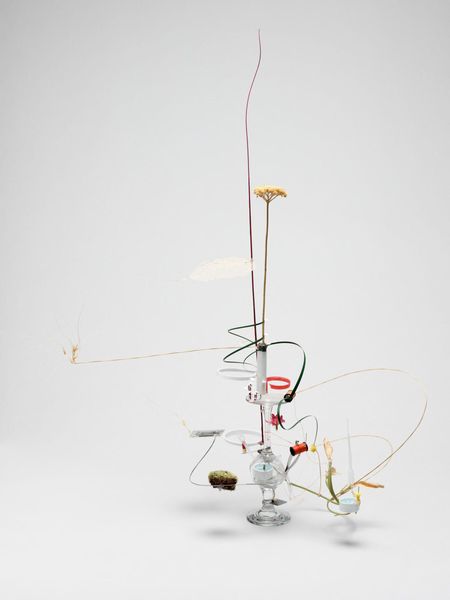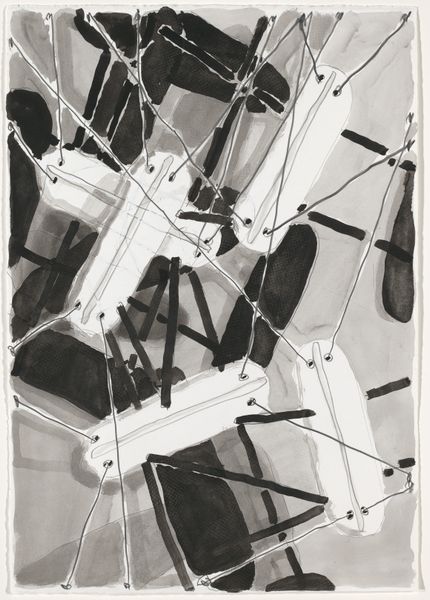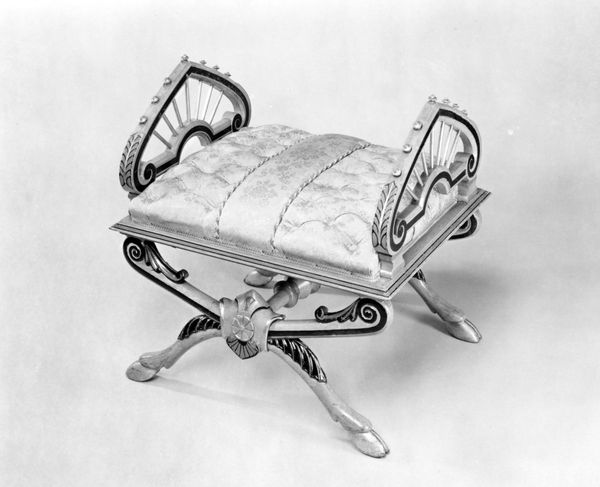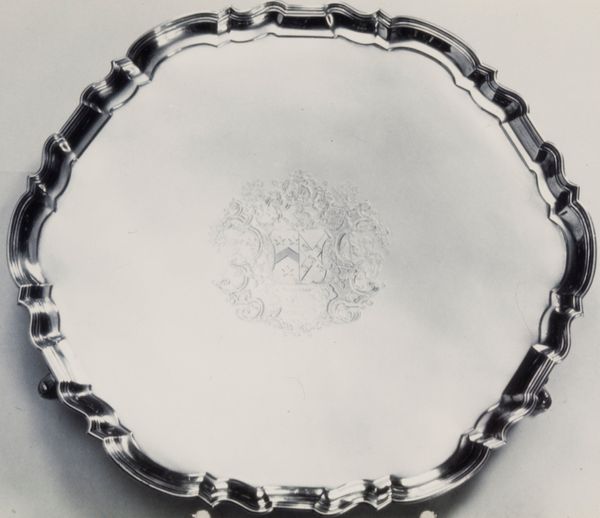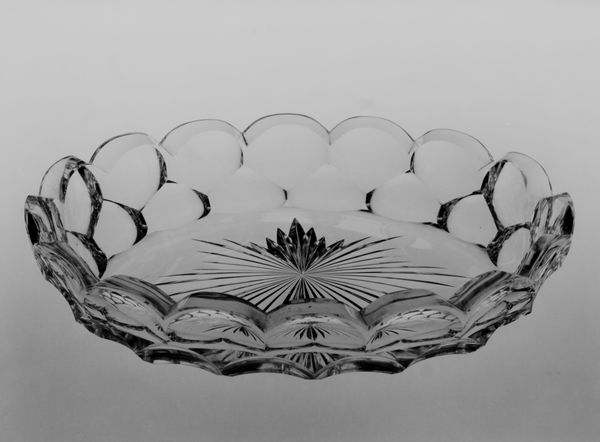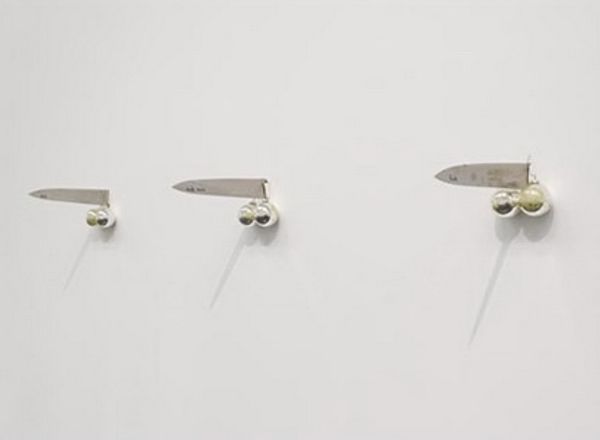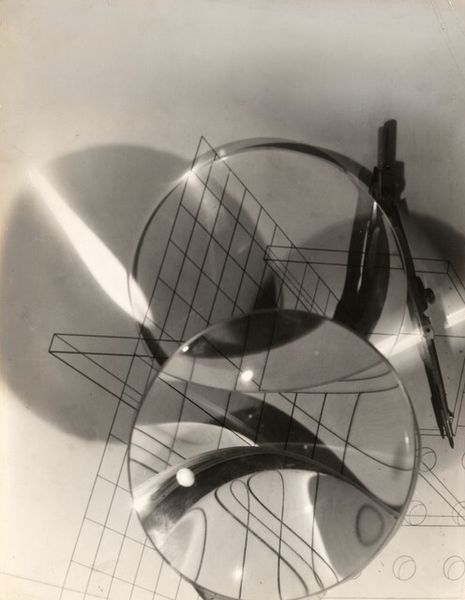
silver, metal
#
silver
#
baroque
#
metal
#
decorative-art
Dimensions: 4 x 12 1/4 x 2 1/2 in. (10.16 x 31.12 x 6.35 cm)
Copyright: Public Domain
Curator: Here we have what's known as a "Dish cross," a utilitarian object wrought with a certain decorative flair. Dating back to the 18th century, and fashioned from gleaming silver, this particular example now resides within the Minneapolis Institute of Art. Editor: My immediate impression is how architectural it is. The arms radiating from that central point... almost like a miniature modernist building. But what was its actual function? Curator: Dish crosses like this one were designed to hold serving dishes over a flame or hot water, to keep food warm at the table. They expanded and contracted along those four arms to accommodate different-sized bowls and platters. Think of it as early Baroque fine dining meets engineering. Editor: Interesting! Those upturned rests at each end definitely point to supporting something, perhaps imparting stability to whatever vessel was cradled within. Does the silver itself impart meaning, though? Curator: The material is no accident. Silver spoke of status and refinement; only the very wealthiest could afford such a thing, advertising both financial and cultural capital through its usage. Beyond pure utility, it functioned as a marker of class distinction, almost a performance of opulence at every meal. Editor: So even everyday objects in that era could telegraph so much more. The careful curves, the considered angles... this isn't simply a practical item; it's charged with a silent language of luxury, maybe even of a family's values surrounding hospitality. The radiant silver reflecting candle light! One can almost feel oneself at such an elaborate dinner, no? Curator: Exactly. This Dish Cross represents far more than simply keeping food warm. It reflects the complex dance between aesthetics, status, and societal norms that continues to play out around dining tables even today. Editor: Thinking about the Baroque period and its flair for embellishment, it all starts to make even more sense. Such detail applied to even functional items truly illuminates the priorities and passions of the elite back then. Curator: Absolutely. It demonstrates that even mundane objects could serve as stages upon which social dramas and proclamations of status were enacted, using everyday meal times to flaunt luxury and heritage in plain sight. Editor: It is definitely true that such pieces help bring our understanding of the past to a new depth by uncovering how items surrounding daily living were embedded into the bigger social context. Thank you.
Comments
No comments
Be the first to comment and join the conversation on the ultimate creative platform.
